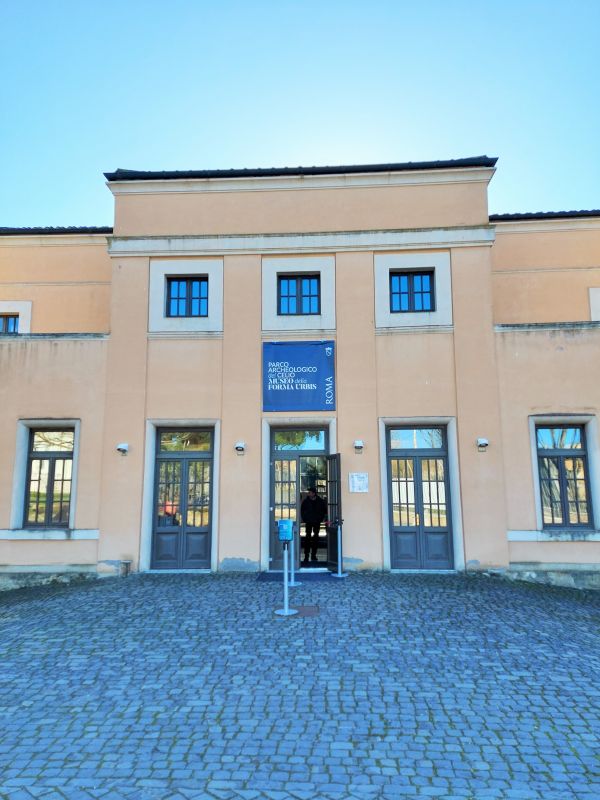Rome, the Eternal City, is home to countless historical and artistic treasures. The Forma Urbis Museum, which opened on January 12, 2024, offers for the first time in a hundred years the chance to admire preserved fragments of the Forma Urbis. Located on the picturesque Celio Hill, the museum provides an extraordinary glimpse into Rome’s rich past.
The Mysteries of the Past: What is Forma Urbis?
Forma Urbis, also known as the Marble Plan of Rome, is a gigantic map of ancient Rome. Carved in marble in the 3rd century AD by the architects of Emperor Septimius Severus, the map originally encompassed nearly all the buildings, streets, and structures of the city, presenting Rome on an impressive scale. Today, at the Forma Urbis Museum, visitors can only admire fragments of this extraordinary map. It is estimated that only 10 percent of the original 150 plates, measuring 18 by 13 meters, have survived. The remaining elements were destroyed over the centuries, repurposed as building materials.
Forma Urbis Museum – Visiting, Tickets
Museum is open from Tuesday to Sunday between 10 AM and 4 PM. The last entry is one hour before closing. The entrance fee is 9 euros. Although the opening of the new museum has attracted many Romans, advance reservation is not necessary. Tickets can be paid for by card. Depending on your interest in architecture and city planning, allocate between 20 minutes to an hour for your visit. The Forma Urbis Museum essentially consists of one large room where, beneath a glass floor. You can admire the surviving fragments of Rome’s plan. More information can be found on the official website.
Celio Hill: An Ideal Location for a Unique Walk
The museum is located on Celio Hill, one of the famous Seven Hills of Rome. This peaceful and picturesque area has much to offer. It is located in the immediate vicinity of the Colosseum. A walk on the hill is not just an opportunity to see Forma Urbis. It is also a chance to discover lesser-known monuments and charming streets. It’s worth visiting the Celio Archaeological Park (free admission), exploring the beautifully preserved Roman domus (Case Romane del Celio), strolling down the atmospheric Clivo di Scauro, or relaxing in Villa Celimontana Park.



